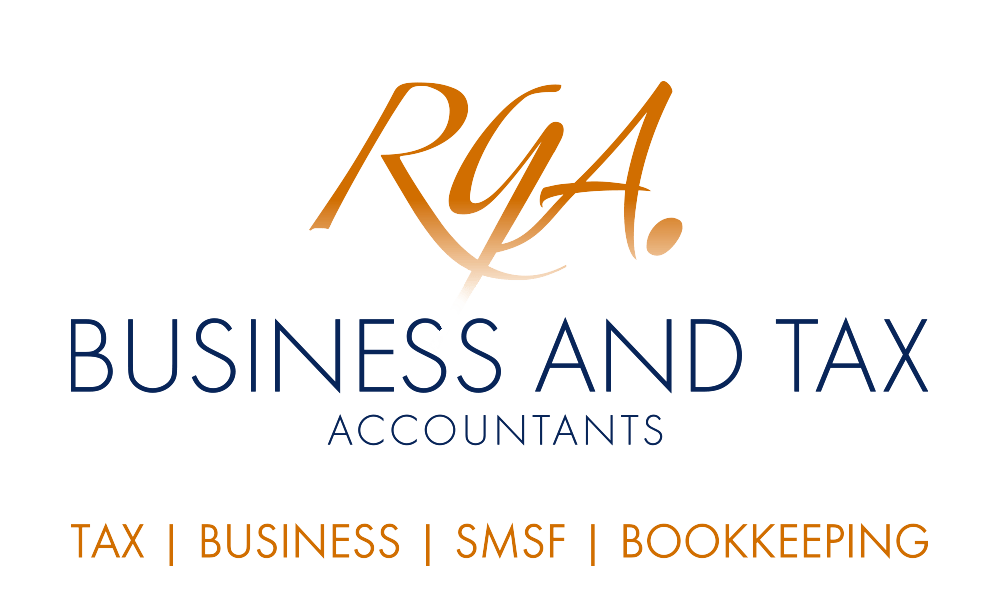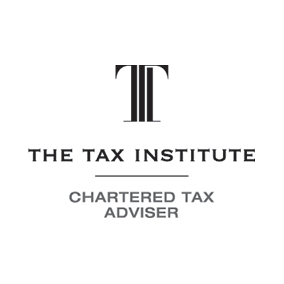Employers beware: increase in super guarantee

With the September 2021 quarter super guarantee due to be paid by 28 October 2021, there are still a few days to make the payment via the ATO clearing house to avoid the Superannuation Guarantee Charge.
When preparing your September 2021 quarter super guarantee payments, note that From 1 July 2021, the rate of super guarantee increased from 9.5% to 10%, businesses using manual payroll processes should be careful that this change doesn’t lead to unintended underpayment of super which may attract penalties. The rate you use to calculate super contributions depends on the date that you’re paying your employees in and it does not matter if the work was performed in a different quarter. This increase is by no means the end of super changes, with 0.5% increases slated over the next few years, employers will need to be on their toes.
With the advent of a new financial year, there is an important change from 1 July 2021 that employers should be aware of. The rate of super guarantee you’re required to pay your employees has increased from 9.5% to 10%. This is the minimum percentage now required by law but you may pay super at a higher rate under an award or agreement.
Depending on how your employment contracts are structured (ie a package or base pay plus superannuation), the extra 0.5% may either come from the employee’s existing gross pay or be extra on top of their salary.
Most payroll and accounting systems will have incorporated the increase in their super rate, but it’s always good to check. If you’re still using a manual process to pay your employees, you’ll need to work out how much super to pay your employees under the new rate. The process is fairly simple, you’ll just need to multiply your employee’s ordinary time earnings based on salary and wages paid in the quarter by 10% (or a higher rate under an award or agreement).
Remember, the rate you use to calculate super contributions depends on the quarter that you’re paying your employees in, it does not matter if the work is performed in a different quarter. The 10% super guarantee applies to all super payments made after 1 July 2021.
Example
Trevor is an employee of Ian and is paid fortnightly. For the pay period ending 27 June 2021, Trevor’s ordinary time earnings for the fortnight are $2,000. Ian pays Trevor on 1 July 2021. The minimum super contribution for Trevor for the pay period ending 27 June 2021 is $200 (ie $2,000 x 10%). However, if Ian made a payment on 27 June 2021, the minimum super contribution would be $190 ($2,000 x 9.5%).
Now imagine Trevor’s fortnightly pay period spans from 21 June 2021 to 5 July 2021, and Ian makes a payroll payment on 9 July 2021. Because the payment is made after 1 July 2021, the minimum super contribution Ian has to make on behalf of Trevor is still $200 (ie $2,000 x 10%), it does not matter that some of the work was performed in a different quarter.
Employers may not necessarily have to pay their employees’ super every pay cycle, but it needs to be made at least 4 times a year (ie each quarter). For the 1 July to 30 September quarter, super guarantee contributions are due by 28 October. Employers that miss this payment due date may be subject to the super guarantee charge and other penalties.
It should also be noted that some super funds, employment awards, or contracts require employers to pay super more regularly than quarterly, therefore, various contractual obligations should be checked before moving to a quarterly remittance cycle.
This increase to 10% is by no means the last time super guarantee will change over the next few years. From 1 July 2022 to 30 June 2023 (ie next financial year), the rate will increase to 10.5%, followed by another 0.5% point increase to 11% in the 2023-24 financial year. So, employers will need to be on their toes to make sure the right amount of super guarantee is paid for the next few years.
Need help with employee super?
With the latest increase in super guarantee, along with progressive increases the next few financial years, it is not business as usual, and employers will need to be careful to ensure that the correct amount of super guarantee is paid to their employees. If you need help with this or would like to know about the many other super changes that has recently become law, contact us today.
Email us at Robert Goodman Accountants at reception@rgoodman.com.au . © Copyright 2021 Thomson Reuters. All rights reserved. Brought to you by Robert Goodman Accountants.









